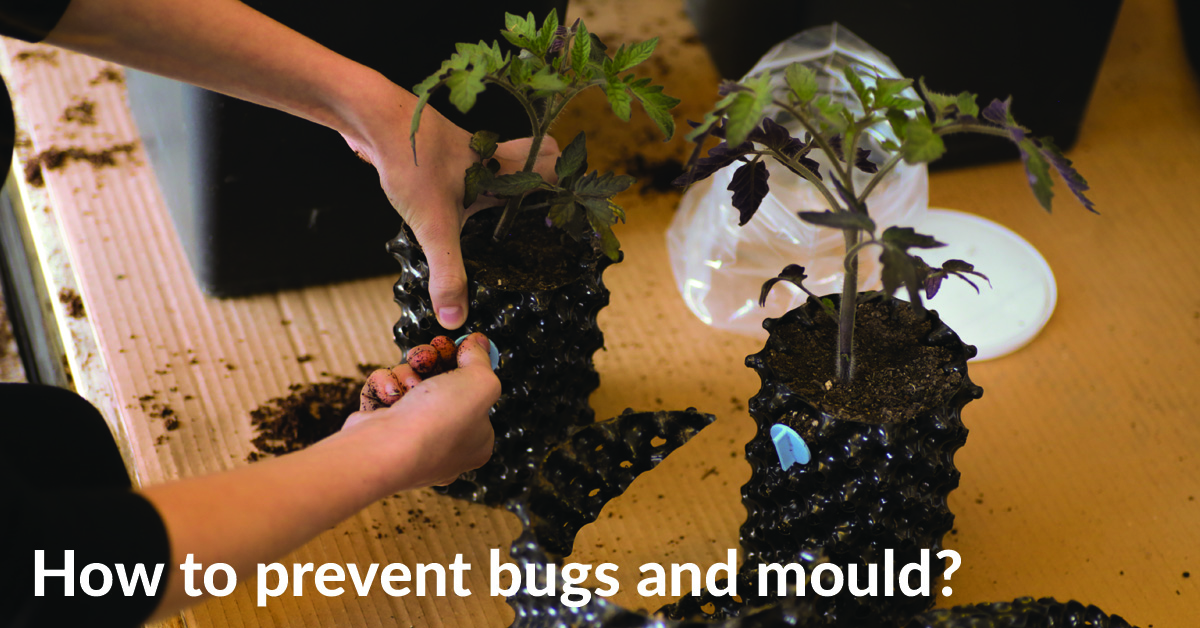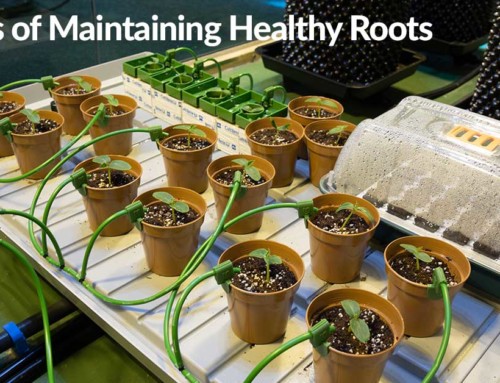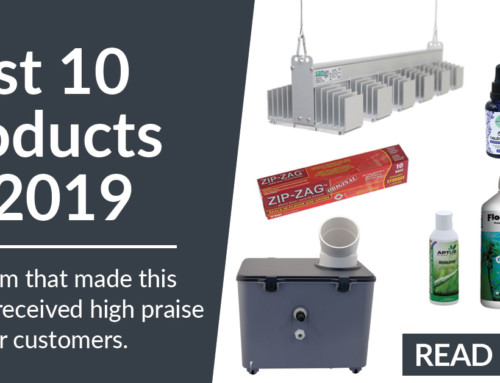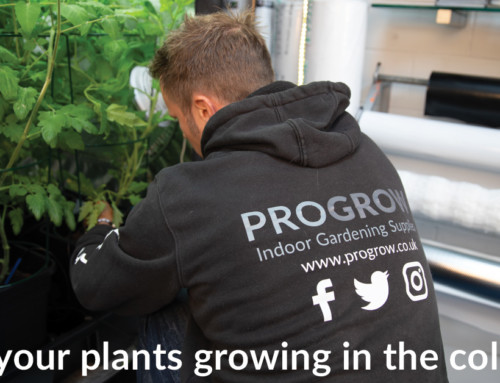Inside your grow room environment, you must constantly be on the lookout for anything that may have a detrimental effect upon your crop. Bugs and mould can destroy crops in days if not identified early. There are a multitude of bugs out there that can do some serious damage but you can mitigate your risk of exposure to them if you take a few precautions.
Bugs
Bugs are small and hard to see which can make it difficult to identify if you have an infestation until its often too late. Spidermites in particular are the most troublesome bug as they tend to hide underside of the leaves as it makes its way to the tops of the plants and then decimates the top buds in a few days. So, the most important advice we can give is to be observant to what is going on in your room, check the top and bottoms of the leaves as well as the stem and the pot. Check the area around the pots and the corners of your room/tent. Have a good look every couple of days whilst the lights are on, be meticulous and have a thorough method of checking. Use a magnifier if possible. That way you can identify what the offending bug may be.
Bugs will find a way into an open grow room if you allow them. Indoor grows may have the advantage of being inside four walls but if windows are not kept closed then this is an entry point for them. If you are using an air intake that’s aimed at an open window then prepare for bugs to be sucked in by your intake. Or if a door is open on your tent then they will get in that way. So make sure that there are no unnecessary entry points left open. Intakes can be protected by bug barriers, which is a gauze that fits onto the intake ducting that filters out any insects and heavy dirt particles. Yellow sticky traps can be hung around inlets and vents to catch any rogue bugs that might make their way in.
People and pets can also transport bugs into your grow room. If your pets have access to both the outdoors and your grow area then there’s a possibility that they will carry some unwanted passengers in on their fur. The same with people who spend time in the woods, fields and farms, they expose themselves to bugs more than a person living in the city. So its something to think about especially if your battling a constant bug problem and can’t work out where the source is coming from. Make sure you decontaminate yourself or have a change of clothes for your grow area before you go in.
If you have had a previous infestation then do not start the next project until you are sure the room has been decontaminated properly. Bugs can have a nasty habit of lingering and if they’re not eradicated then you’ll be having the same problem all over again. Smoke bomb your tent and surrounding areas, clean all pots in hydrogen peroxide or specific pesticide and hoover up any residual leaf matter.
In conclusion it’s important to close all non-vital vents and ports, also bug barrier any intakes, take the time to look at your plants and check them regularly and keep your equipment clean.
Mould
The worst thing to find when you open up your tent or grow area, is to find your plants covered in mould. It is un-salvageable by this point and even if you isolate it and try to quarantine it, you will be fighting a losing battle. So the best way to tackle it, is to not to get, prevention is very much better than a cure.
First thing you need to do if you have had a mould problem is deep clean your room. Scrub the surfaces and clean all equipment, you don’t want any residual mould spores lurking around. Once that is done you need to take a look at why mould developed in the first place.
The regulation and monitoring of air flow and humidity is essential to stopping mould. So get a hygrometer in your tent so you can see what the humidity levels are. Next step is to make sure your extraction fan is rated to the space and amount of light you are using. You need to be exchanging the right amount of air inside your tent or humidity will be an issue. Air flow inside your are is also essential, you shouldn’t rely on just extraction alone, you need to make sure that the plants inside the tent are being blown by a breeze at all times. Get some circulation fans in there as well.
All of this airflow allows the air to move in and around the plant and help move any pockets of moisture that can build up. When plants are in full flower the tops of the plants can generate quite a sizeable bio-mass which can get very dense. These are primary areas where mould can develop unless you’re making sure airflow can get into it. Dehumidifiers are also great at controlling the humidity or at least keeping it within safe parameters. It is the prolonged exposure of high humidity, high temperatures and lack of air flow that provides a breeding ground for mould.
The last bit of bad news is even if your environment is perfect, you can still succumb to mould. When plants have been grown very big and their flowers are also very big, sometimes the flower is so dense that airflow simply can’t penetrate it. To tackle this requires extremely thorough observation as the plant is flowering. A small leaf that has died and been swallowed by the expanding flower is usually the cause of this mould. The leaf breaks down within the flower and causes rotting by the stem which is not seeable by the outside until its too late and the segment of flower has completely turned to rot. Removing it CAN work out fine, however when removing a lump of mould you have to be so very careful not to release more spores. This is why removing any dying leaves near the flower is important especially during the flowering phase.
So keep your airflow up, your humidity down and remain vigilant in your visual checks of the plant.





Im very happy to find this website. I wanted to thank you for your time due to this fantastic read!! I definitely savored every part of it and i also have you book-marked to look at new stuff on your website.